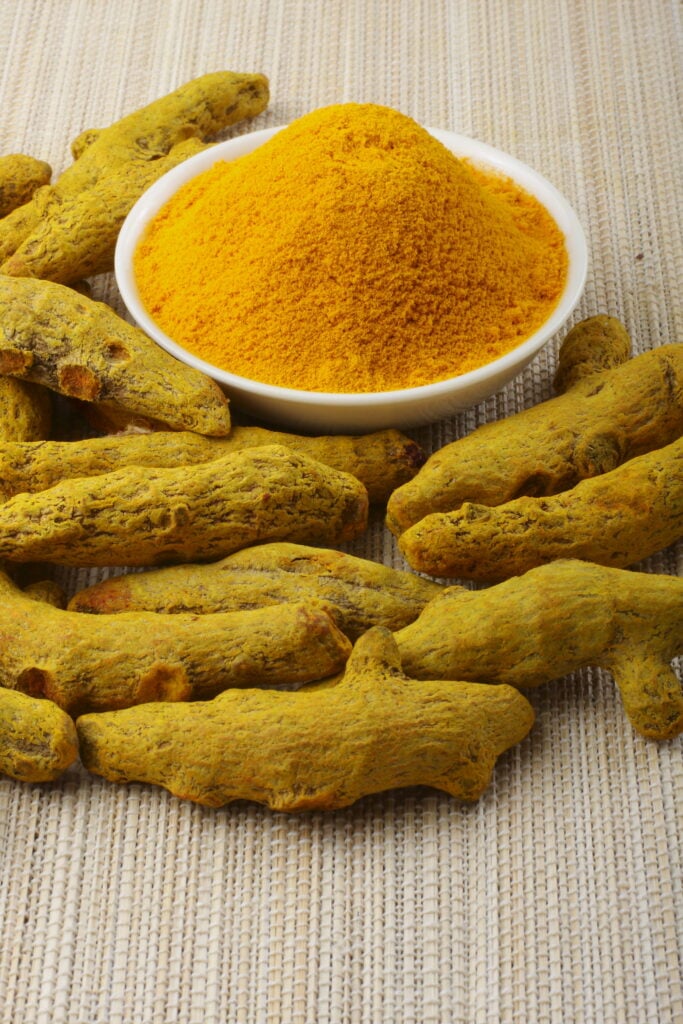
Open your spice drawer and one always stands out with its bright golden hue—turmeric.
Used in kitchens for centuries and now found in everything from curries to lattes and even skincare, turmeric is more than a splash of color. It’s a spice with deep history, a distinct personality, and a quiet strength that shows up in both comfort food and wellness rituals.
So what makes turmeric so special? Let’s take a closer look at how this golden root brings flavor, color, and more to the table.
What Exactly Is Turmeric?
Turmeric comes from the root of a plant called Curcuma longa, a member of the ginger family. Fresh turmeric looks a lot like ginger but is smaller, with a vivid orange interior.
The form most people know is the dried, ground powder—made by boiling, drying, and grinding the root. Just a pinch is enough to give dishes their signature golden color. The compound behind that color is curcumin, which also carries many of the benefits turmeric is known for.
Quick Facts About Turmeric
- What it is: A bright yellow-orange root from the ginger family, used fresh or dried as a spice
- Flavor: Warm, earthy, slightly bitter with a hint of pepper
- Best in: Curries, dals, rice dishes, soups, teas, and golden milk
- Special note: Contains curcumin, valued for its anti-inflammatory and antioxidant properties
- Storage: Store powder in an airtight container, cool and dark; fresh root keeps in the fridge up to 2 weeks
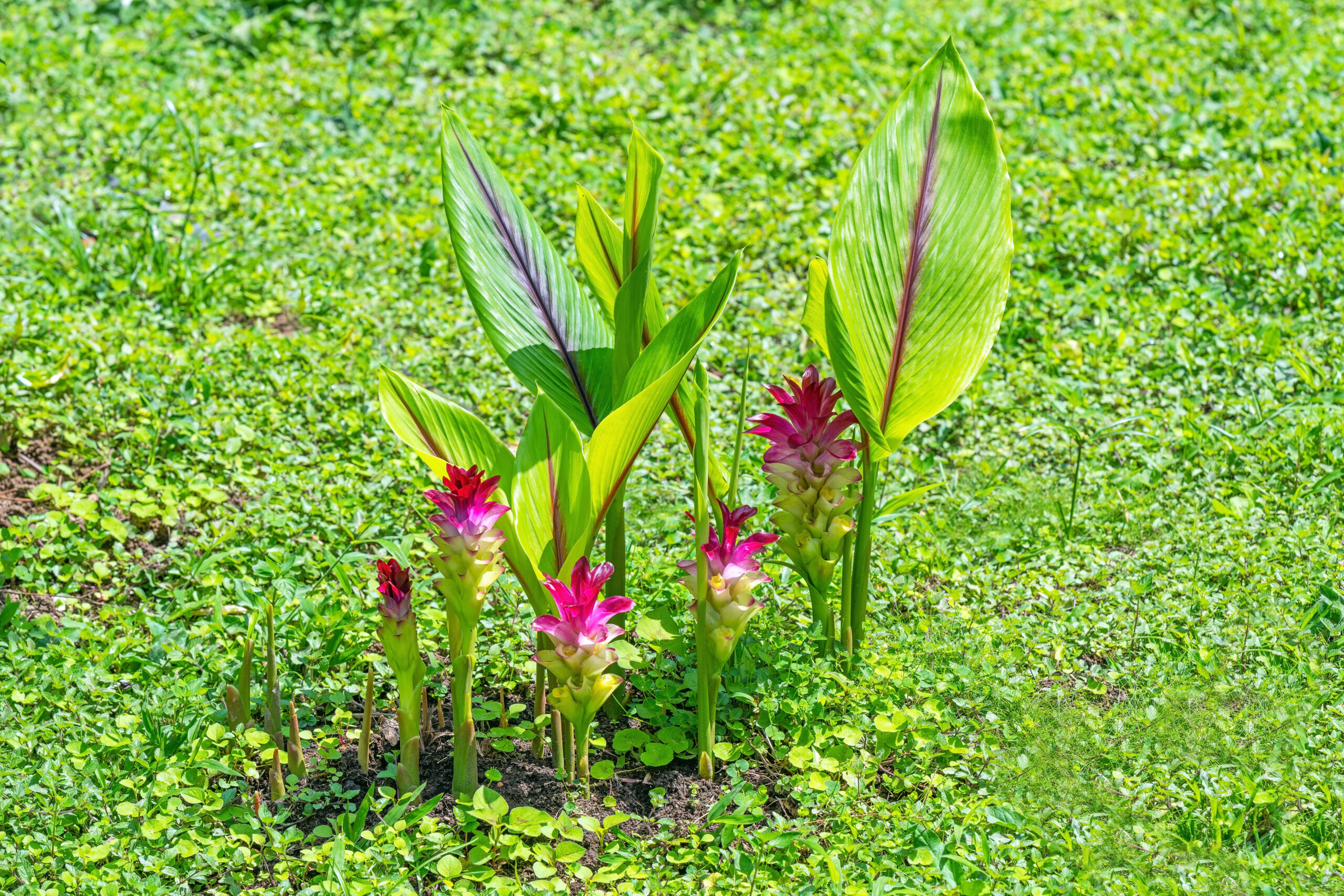
Popular Forms You’ll Find It In
Turmeric shows up in more than one form, and each has its own use in the kitchen and beyond. Here are the most common types you’ll spot:
- Ground Turmeric (Powder)
This is the classic yellow spice in your spice rack. It’s made from dried turmeric root and is perfect for cooking—think soups, curries, stews, eggs, and even rice. Just a pinch goes a long way. - Fresh Turmeric Root
It looks like a smaller, orange version of ginger. Fresh turmeric has a stronger, slightly citrusy flavor. You can grate it into tea, blend it into smoothies, or slice it thin into stir-fries. - Turmeric Capsules or Supplements
Often used for potential health benefits. These usually contain concentrated curcumin and are taken like vitamins—but it’s always a good idea to talk to a doctor before starting any supplement. - Turmeric Paste
Made by mixing turmeric powder with water, oil, and sometimes black pepper. It's used for cooking and in home remedies or skincare.
What It Tastes Like
Turmeric has a warm, earthy flavor with a hint of bitterness and a slightly peppery kick. It’s not meant to be the star of the show flavor-wise—turmeric works best in the background, giving dishes depth, color, and a cozy, savory edge.
The fresh root has a sharper, more pungent flavor than the ground version. It’s bold—almost citrusy—with a raw edge that works well in teas or smoothies when used sparingly.
Culinary Uses Around the World
Turmeric is rooted in South Asia, but its golden touch has traveled far and wide. Here’s how it’s used in kitchens across the globe:
- India
Uses in dals, curries, pickles, and spice blends like garam masala. It's rarely the main flavor but plays a key supporting role in everyday cooking. - Thailand & Southeast Asia
Fresh turmeric is common in curry pastes, rice dishes, and seafood recipes—especially in southern Thai and Indonesian cooking. - Middle East
It’s often added to rice, stews, and meat rubs, giving a warm color and subtle flavor. Persian dishes like Tahdig sometimes include turmeric for aroma and hue. - North Africa
Found in spice blends like ras el hanout, turmeric brings depth to tagines, couscous dishes, and slow-cooked meats. - Caribbean
In places like Jamaica and Trinidad, turmeric (sometimes called "saffron") shows up in curries and stews, especially in dishes influenced by Indian heritage. - Western Cooking
More recently, turmeric has found its way into soups, roasted vegetables, scrambled eggs, salad dressings, and even baked goods. It’s also blended into lattes and smoothies for its possible wellness benefits.
Cooking With Turmeric
Cooking with turmeric is easy once you know a few key tips. It’s not a spice you want to dump in without thought—it shines when used smartly.
- Cook It in Oil or Fat
Turmeric is fat-soluble, which means it blends best with oils like olive oil, coconut oil, or ghee. Sautéing it with onions, garlic, or other spices helps bring out its full flavor. - Add It Early in the Cooking Process
Turmeric works best when it has time to cook down and mellow out. Add it at the start when you’re building flavor—not at the end like a garnish. - Use a Little, Not a Lot
Turmeric is bold and earthy. A small amount—usually ¼ to ½ teaspoon per dish—is enough. Too much can taste bitter or powdery.
Turmeric in Herbal Remedies and Wellness
Beyond the kitchen, turmeric has long been used in traditional remedies for its potential health-supporting properties. Today, it’s a popular ingredient in teas, supplements, and DIY treatments—and for good reason.
- It may help support joint comfort
Curcumin, turmeric’s key compound, may have anti-inflammatory properties. Some people use turmeric to ease joint stiffness or general aches, especially in herbal teas or capsules. - It can support digestion
Turmeric is often taken after meals in Ayurvedic practices, where it’s believed to help with bloating or sluggish digestion. - It may benefit the skin
In paste form, turmeric is used in face masks to brighten the skin or calm irritation. Just be careful—it can stain skin temporarily! - It can boost your wellness routine
Golden milk (a mix of turmeric, milk, and spices) is a soothing bedtime drink that many people turn to for comfort and calm.
Flavor Pairings That Work Well With Turmeric
Turmeric has a warm, earthy, slightly bitter flavor—so it plays best with ingredients that balance or brighten it. Here are some go-to pairings that work in both savory and sweet dishes:
- Black Pepper
A classic combo that’s not just for health—it adds a subtle kick and sharpness that complements turmeric's depth. - Ginger & Garlic
These three often appear together in spice blends and sauces. Ginger lifts the warmth, while garlic grounds it. - Citrus (Lemon, Orange, Lime)
The acidity of citrus helps cut through turmeric’s bitterness and adds brightness to drinks, dressings, and marinades. - Coconut Milk or Yogurt
Creamy textures smooth out turmeric’s edge, making it perfect for curries, soups, and golden milk. - Cumin & Coriander
Earthy and aromatic, these spices round out turmeric’s flavor in everything from roasted veggies to rice dishes. - Honey or Maple Syrup
For drinks or wellness shots, a bit of natural sweetness balances turmeric beautifully—especially in teas or lattes.
Turmeric Substitutes to Try
Out of turmeric? While there’s no perfect match, a few ingredients can come close depending on what you’re cooking:
- Saffron (for color, not taste)
If you're after that golden hue, saffron can work in small amounts—especially in rice or broths. But it has a very different flavor and is much more expensive. - Annatto (achiote)
Common in Latin American cooking, annatto seeds or powder can give food a warm yellow-orange color with a mild, earthy flavor. - Curry Powder
Most curry powders contain turmeric as a base. This isn’t an exact swap, but it adds similar color and layered spice (so adjust the quantity carefully). - Ginger + Paprika (flavor + color combo)
A pinch of ground ginger for warmth and smoked or sweet paprika for color can create a similar vibe—though not quite the same taste.
How to Store It Right
Turmeric may be bold in color, but it’s surprisingly sensitive to air, light, and moisture. To keep it fresh and full of flavor, here’s what to do:
- Keep it cool and dry
Store turmeric (especially the powdered form) in a cool, dry place—away from your stove, sink, or sunny windows. - Use airtight containers
A tightly sealed glass jar or tin helps prevent moisture and air from sneaking in. Avoid clear containers if they’ll be exposed to light. - Don’t double dip
Always use a dry spoon when scooping it out. Any moisture can cause clumping or mold over time. - Fresh turmeric root?
Wrap it in a paper towel and store it in a zip-lock bag or airtight container in the fridge. It usually lasts up to 2–3 weeks. For longer storage, slice and freeze it.
Quick Tip: If your turmeric starts to lose its color or smell bland, it’s time to refresh your stash.
Nutritional Value (Per Teaspoon or Gram)
Approximate values for 1 teaspoon (around 3 grams) of ground turmeric:
- Calories: 9
- Carbohydrates: 2 g
- Fiber: 0.7 g
- Protein: 0.3 g
- Fat: 0.2 g
- Iron: 16% of the Daily Value (DV)
- Manganese: 17% of the DV
- Potassium: 1% of the DV
- Vitamin C & Calcium: Trace amounts
These values can vary slightly based on the brand and how it’s processed.
Health Benefits
Turmeric isn’t just about flavor and color—it’s also been studied for its potential wellness perks. While it’s not a miracle cure, here are some of the ways turmeric may support your overall health:
It May Help Ease Inflammation
Curcumin, the active compound in turmeric, has been shown to have anti-inflammatory properties that may support joint comfort over time (Source).
It Can Support Brain Function
Some studies suggest curcumin may boost levels of BDNF; a brain hormone linked to memory and cognitive health (Source).
It May Support Heart Health
Turmeric may help improve blood flow and reduce oxidative stress—both of which are important for maintaining a healthy heart (Source).
It Can Aid in Digestion
Traditionally used in herbal medicine, turmeric may stimulate bile production and help reduce occasional bloating or gas (Source).
It May Benefit the Skin
Thanks to its antioxidant and calming properties, turmeric is often used in topical treatments to help with minor skin irritation or uneven tone (Source).
It Can Be a Comforting Addition to Daily Wellness
Whether in golden milk, tea, or warm stews, turmeric may offer immune and mood-supporting benefits as part of a balanced lifestyle (Source).
Potential Health Risks
Turmeric is generally safe when used in small amounts for cooking—but in larger doses or certain situations, it may cause side effects. Here are a few things to watch out for:
- Stomach Upset
Taking too much turmeric—especially in supplement form—can lead to nausea, bloating, or diarrhea in some people (Source) - May Interact with Medications
Turmeric may affect how your body processes medications like blood thinners, diabetes drugs, or antacids. Always check with your doctor before combining turmeric supplements with prescription meds (Source). - Not Ideal in High Doses Long-Term
While occasional use is fine, long-term use of high-dose curcumin supplements may affect liver function or iron absorption in rare cases (Source). - Can Cause Allergic Reactions
Though uncommon, some people may be sensitive to turmeric and experience skin rashes or digestive discomfort (Source). - Pregnancy and Breastfeeding
Using turmeric in food is safe during pregnancy, but high-dose supplements are not recommended without medical guidance (Source).
Bottom line: Turmeric is safe in everyday meals—but if you’re thinking about using it for health reasons, especially in larger amounts, it’s best to talk to a healthcare provider first.
Fun Fact: It’s Also a Natural Dye
Turmeric doesn’t just brighten your food—it can brighten just about anything it touches. Its vibrant yellow-orange color makes it a natural dye used for centuries.
- In parts of India and Southeast Asia, turmeric has been used to dye fabrics for rituals, celebrations, and even baby clothes.
- It’s still used today in natural textile dyeing and homemade crafts—just boil turmeric with water and vinegar to make a simple fabric dye.
- Some people even use it to color Easter eggs, paper, or homemade playdough!
But here’s the catch: turmeric stains everything—clothes, fingers, countertops, plastic containers etc. So, while it makes a beautiful dye, be sure to wear gloves or use older tools when handling it.
Final Thoughts
Turmeric might look simple, but there’s a lot packed into that golden powder. From adding warmth to your meals to possibly supporting your health, it’s one of those spices that quietly earns its spot in your kitchen—and maybe even your daily routine.
Whether you’re cooking up a cozy soup, sipping on golden milk, or just exploring new flavors, turmeric is a small ingredient with big character. Use it wisely, store it right, and let its earthy magic shine—one pinch at a time.
FAQs
Can I eat raw turmeric root?
Yes, in small amounts. You can grate it into smoothies or tea, but its flavor is stronger and more pungent than the ground version.
How much turmeric is safe to eat daily?
For most people, ¼ to 1 teaspoon per day in food is safe. Larger doses through supplements should only be taken with medical advice.
Does turmeric need to be cooked to be effective?
Cooking turmeric with fat (like oil or ghee) and a bit of black pepper helps your body absorb it better—but it can still be used raw in small amounts.
Can turmeric help with inflammation?
It may help reduce inflammation due to curcumin, but results vary, and it's not a replacement for medical treatment. (Source)
Does turmeric stain your teeth?
It can, especially in high amounts or in drinks like turmeric tea. Rinsing your mouth or brushing after consuming it helps prevent stains.
Learn More About Turmeric
Wikipedia – Turmeric
This article explaining the spice’s botanical background, chemical composition (notably curcumin), traditional and modern uses in cuisine, medicine, dyeing, and religious practices, along with its global cultivation and trade significance.
Healthline – 10 Health Benefits of Turmeric and Curcumin
This article is highlighting turmeric’s anti-inflammatory and antioxidant properties, its potential to improve brain function, lower the risk of heart disease, help prevent cancer, and ease arthritis and depression symptoms—while also noting the importance of proper dosage and absorption.


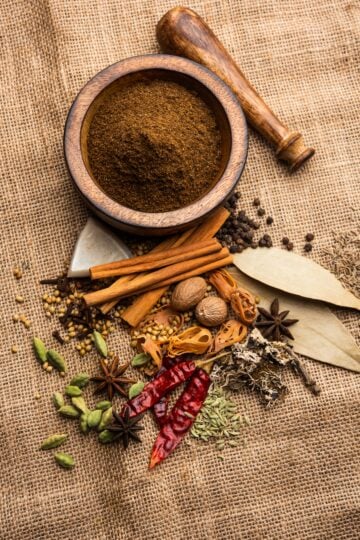
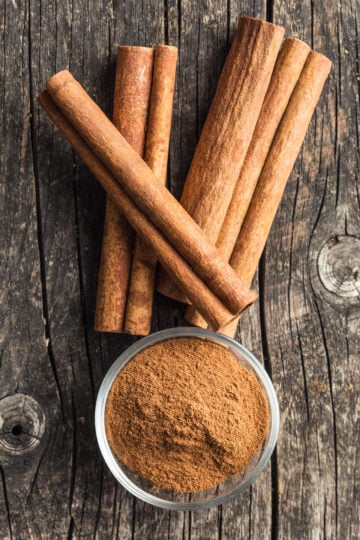
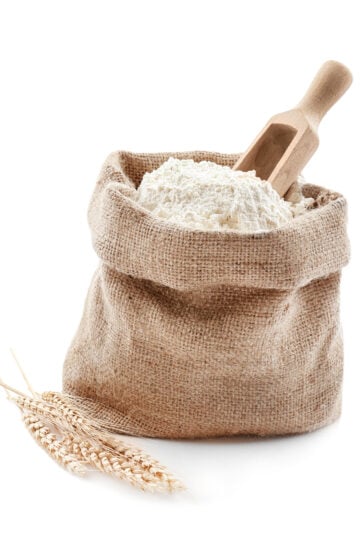
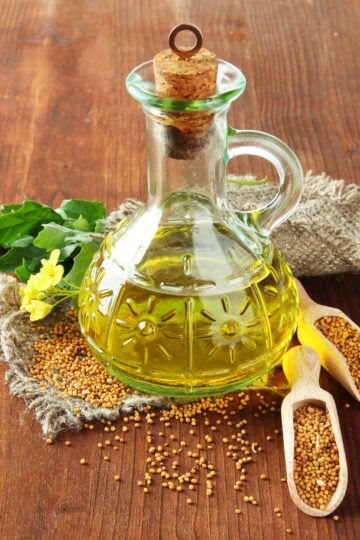
Have a question or something to share? Leave a comment below!